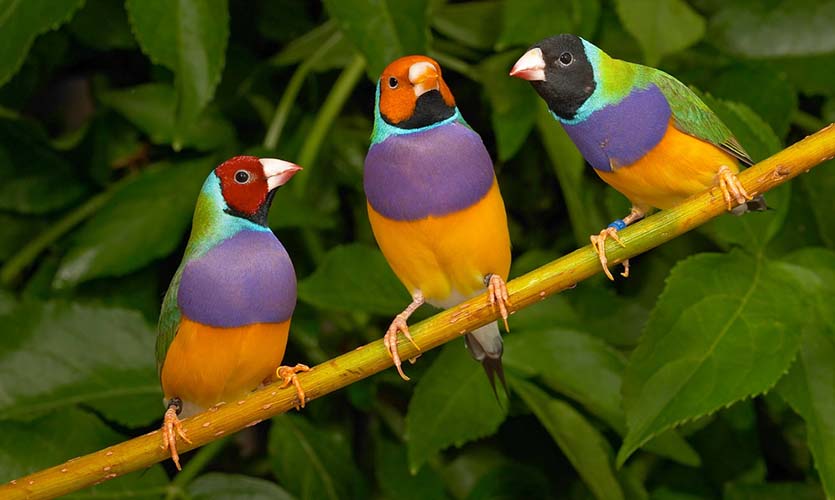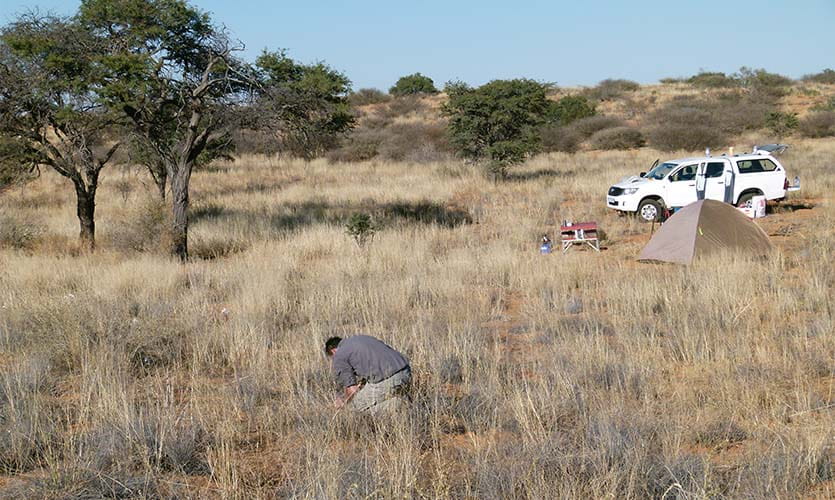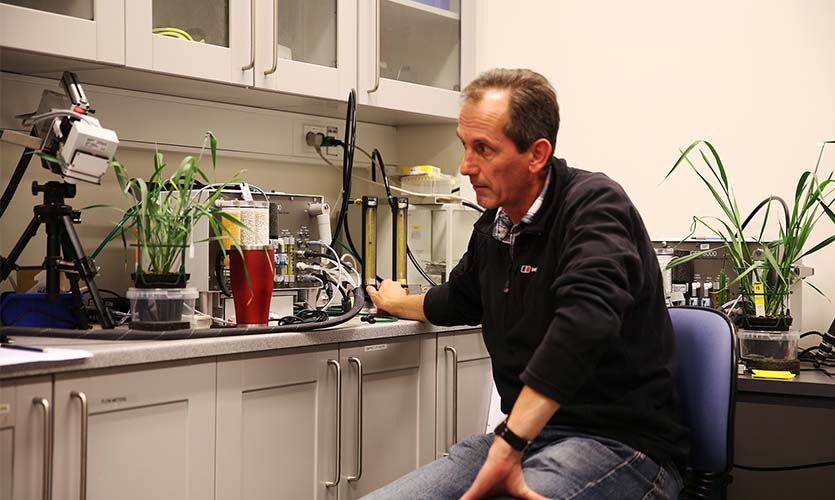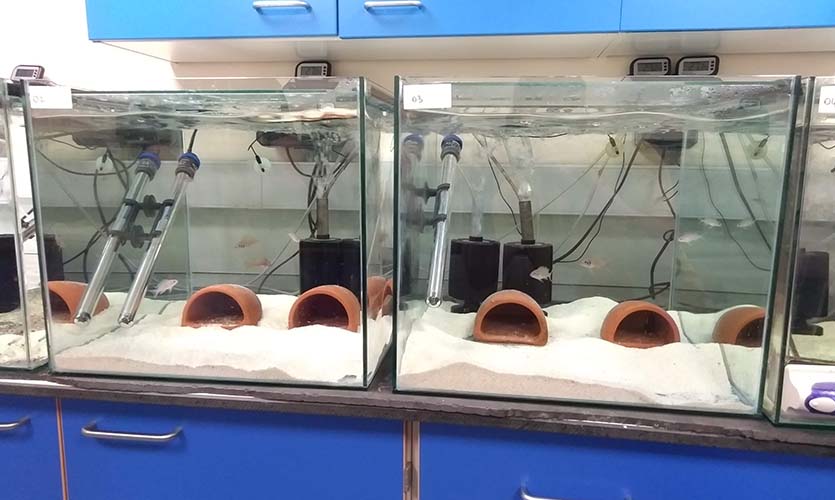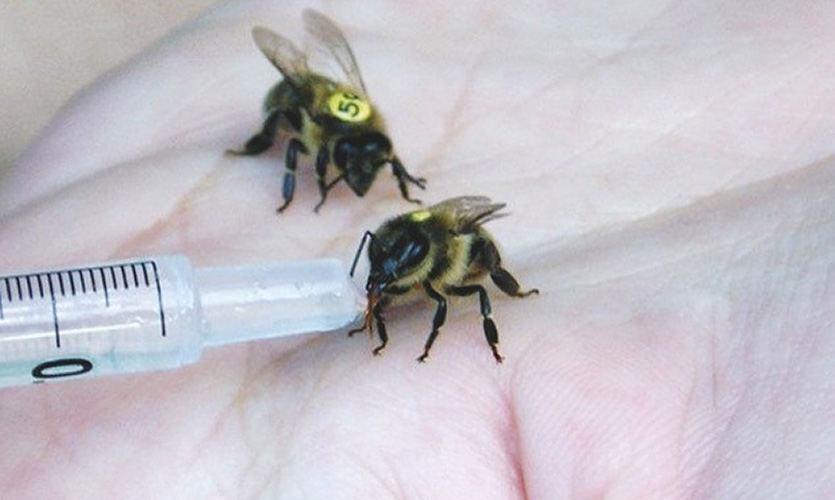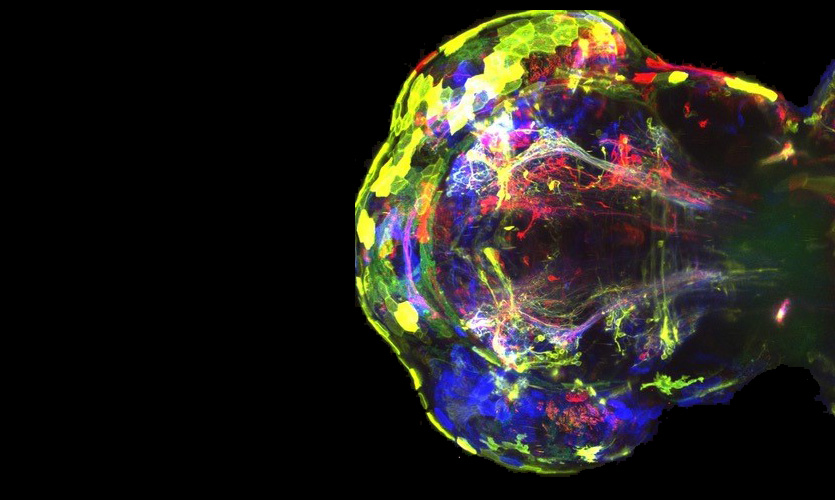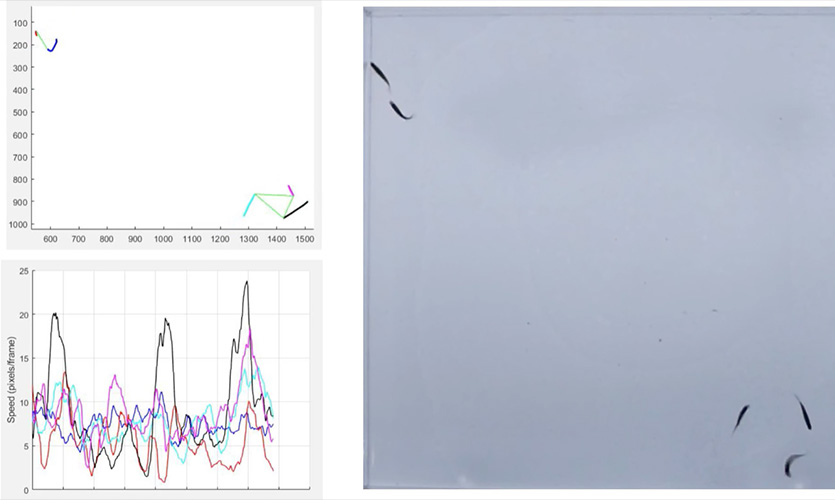Behavioural Ecology and Physiology Research Group
Learn more about the work of the group
The Behavioural Ecology and Physiology Research Group studies the functions, mechanisms and development of behavioural and physiological interactions between organisms’ and the environment.
We use a range of approaches to address our research questions. These include observations of behaviour and physiology in the laboratory and in the wild with particular focus on social interactions, phenotypic plasticity, cognitive abilities, transgenerational effects and circadian rhythms. Our research includes analyses of energy metabolism and nutrition, methylation, neurophysiology, photosynthesis and climate change, gene expression, communication, and personality.
Members of this group have published recent findings in high profile journals in their fields, including Genome Research, Biological Psychiatry, Proceedings of the Royal Society B, Animal Behaviour, Elife, Functional Ecology and Behavioral Ecology.
Expertise
- Social behaviour, including communication and signalling, cooperation and conflict
- Learning and cognition
- Behavioural neuroscience and neurophysiology
- Ecophysiology, especially thermal biology and metabolism
- Plant environmental physiology
- Functional ecology
- Circadian biology
- Metabolism
- Microbiomes
- Neuroendocrinology
- Nutrition and obesity
- Phenotypic plasticity
- Transgenerational effects/Epigenetics
- Animal personality
Facilities
Molecular biology, histology, tissue culture and cell biology laboratories, hormone analysis facilities, freshwater fish colonies (Tanganyikan cichlids and zebrafish), dedicated behaviour observation and experimentation facilities, respirometry and photosynthesis laboratories, glasshouses.
Collaborations
We have close links with many academic institutions across the world, including Monash University and University of New South Wales (Australia), Universities of McGill, McMaster and Alberta (Canada), Universities of Pisa and Ferrara (Italy), University of Wageningen (Netherlands), Netherlands Institute for Sea Research (Netherlands), CNRS (France), Universities of Potsdam, Heidelberg and Aachen (Germany), CSIC (Spain), Nanjing Agricultural University (China), Brigham and Women’s Hospital/Harvard Medical School UCLA and University of Illinois (USA), Universities of Bristol, Brighton, Cambridge, Cardiff, Chester, Exeter, Liverpool, London (Birkbeck College), Manchester and Salford (UK).
Projects/case studies
Colour polymorphism – more than just different colours
Communication in animal social groups
Hibernation comes with costs
Photoperiods and Nasonia
The mammalian brain and circadian rhythms
Highly productive plants
Human environmental physiology
Our members
Loading staff profiles…
-

Dr Christine Beardsworth
-

Dr Rodrigo De Marco
-

Dr Chrysanthi Fergani
-

Dr Alun Hughes
-

Prof Claudia Mettke-Hofmann
-

Dr Julia Nowack
-

Dr Andrias O'Reilly
-

Dr Mirko Pegoraro
-

Dr Fatima Perez De Heredia Benedicte
-

Dr Adam Reddon
-

Dr Will Swaney
-

Dr Richard Webster
-

Dr Rachel White
-

Dr Sally Williamson
-

Dr Susanne Zajitschek


